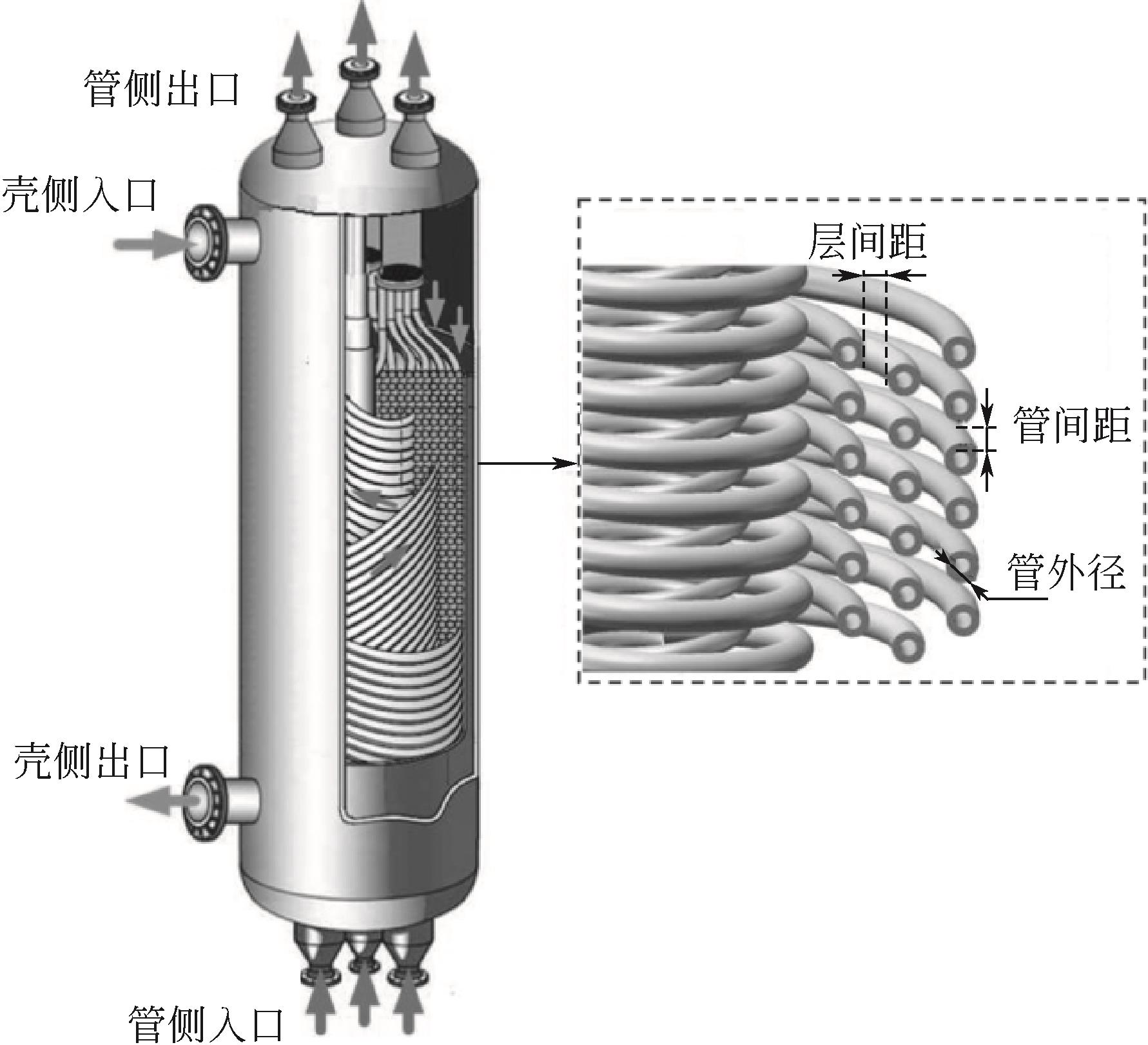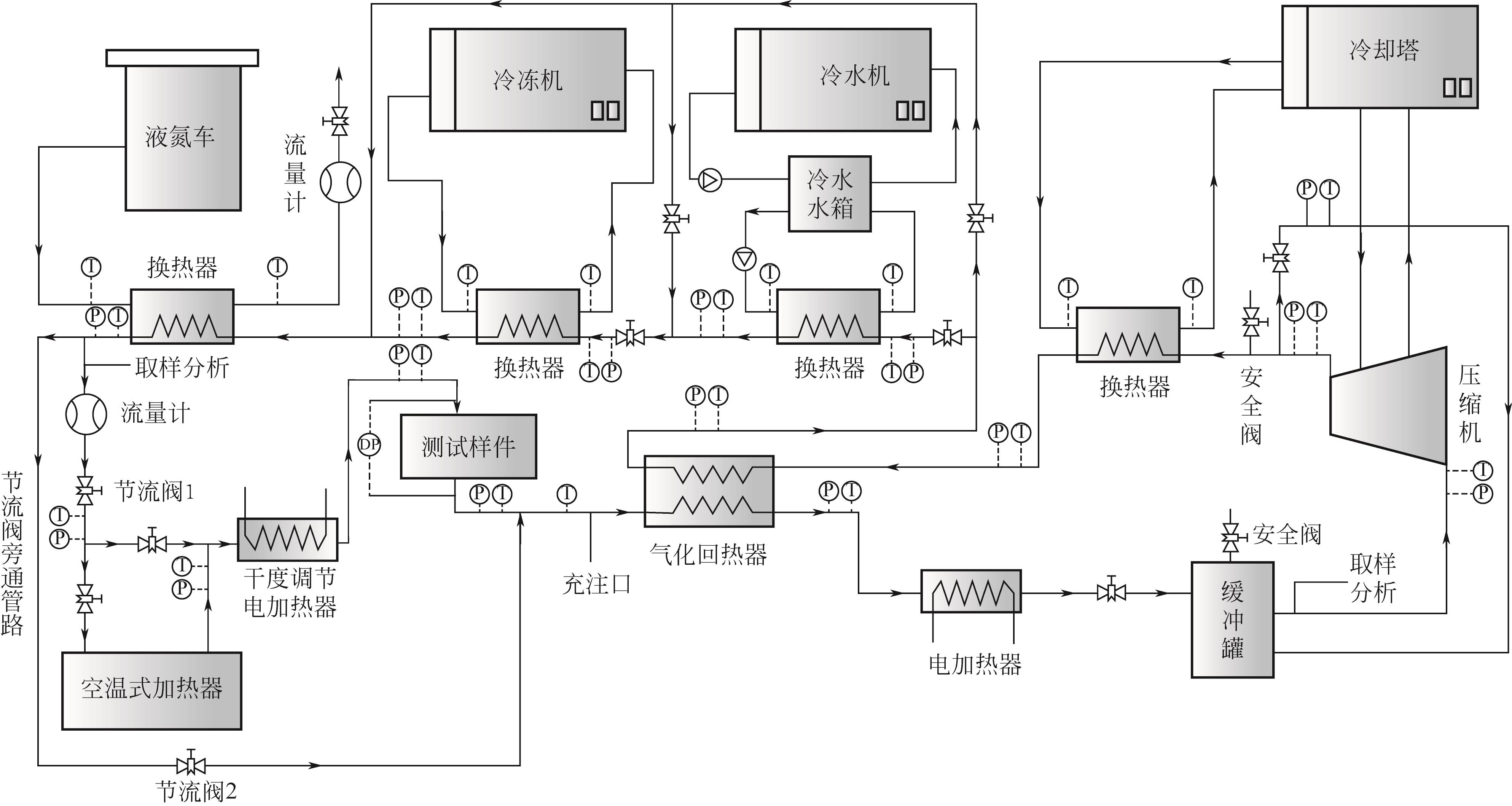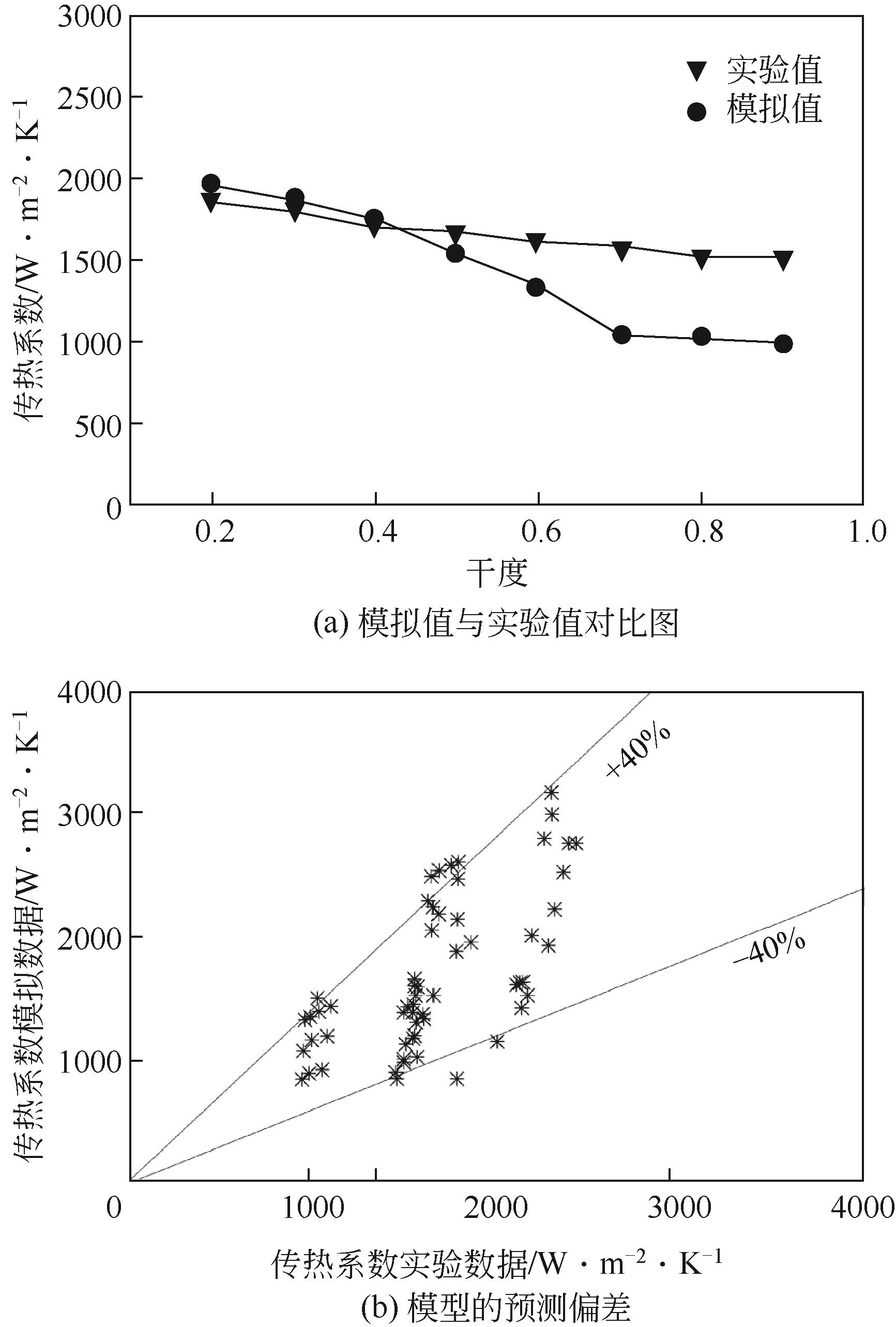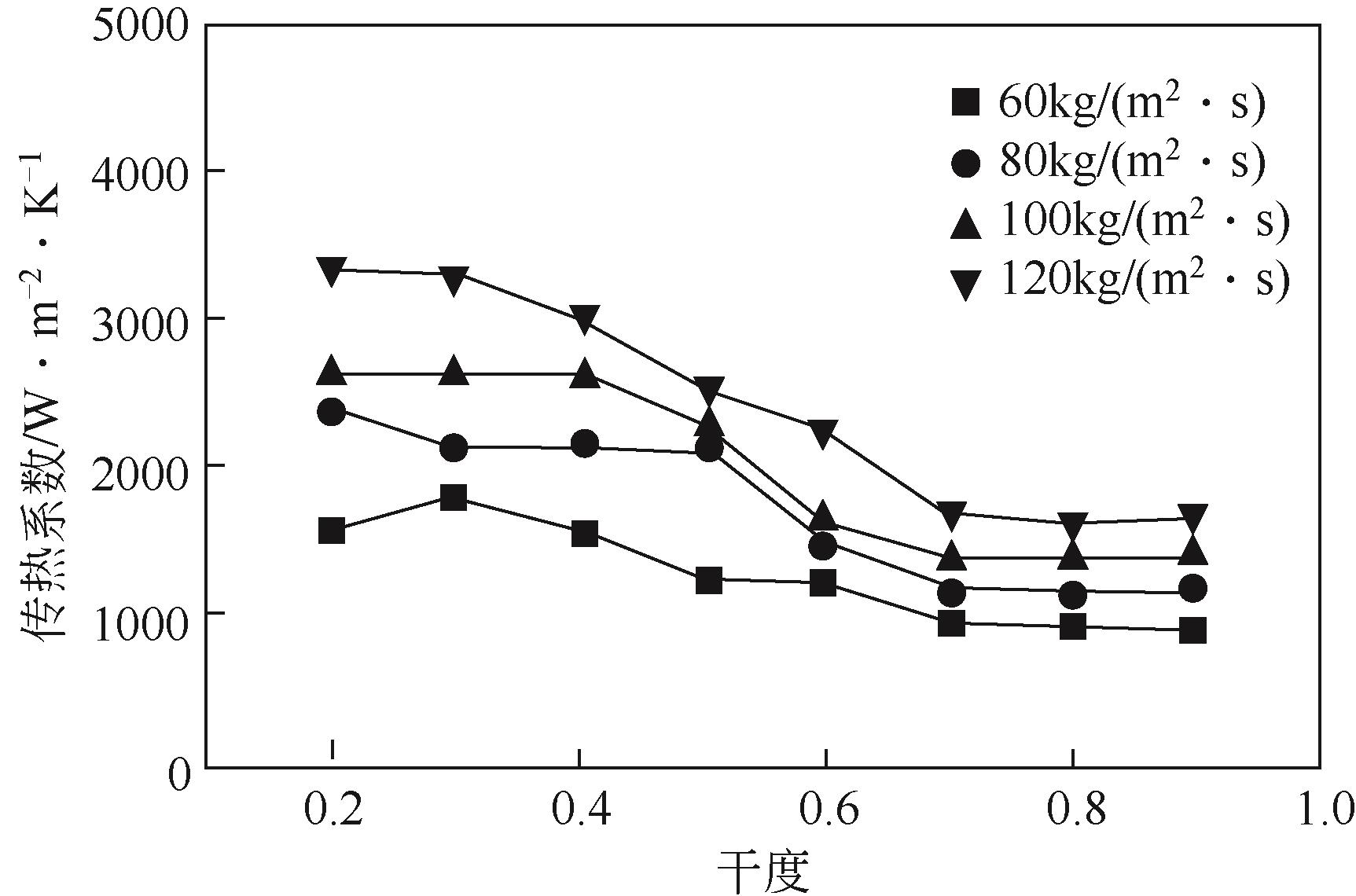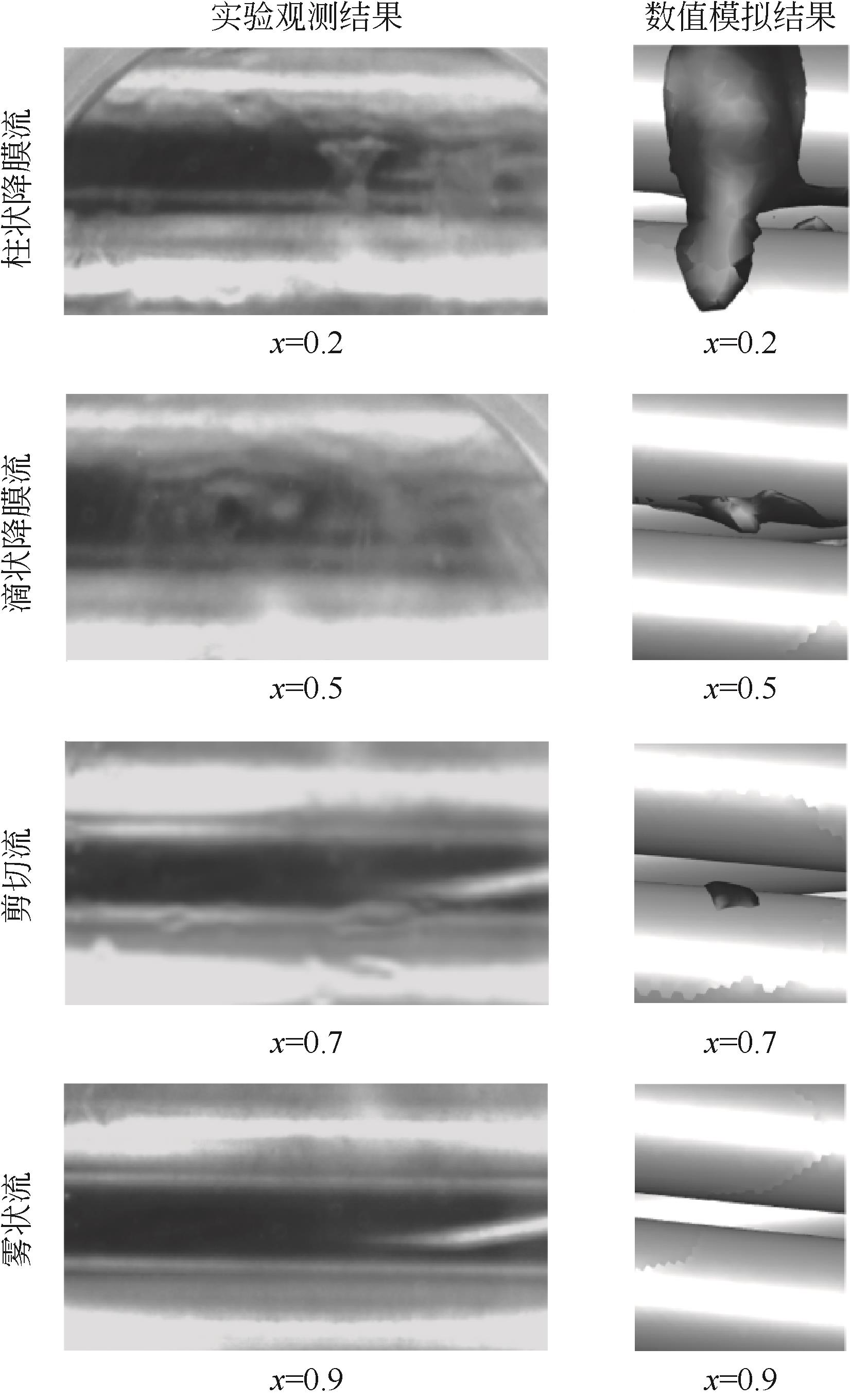| 1 |
李丰志, 于佳文, 鹿来运, 等. LNG绕管式换热器管侧流动与传热实验台设计及验证[J]. 哈尔滨工业大学学报, 2017, 49(2): 98-102.
|
|
LI Fengzhi, YU Jiawen, LU Laiyun, et al. Design and verification for tube-side flow and heat transfer test-rig of coil-wound LNG heat exchangers[J]. Journal of Harbin Institute of Technology, 2017, 49(2): 98-102.
|
| 2 |
欧阳新萍, 秦洁, 薛林锋, 等. 多股流绕管式换热器的管束排布及传热计算[J]. 化工进展, 2019, 38(S1): 39-45.
|
|
OUYANG Xinping, QIN Jie, XUE Linfeng, et al. Tube bundle arrangements and heat transfer calculations of multi-stream spiral-wound heat exchanger[J]. Chemical Industry and Engineering Progress, 2019, 38(S1): 39-45.
|
| 3 |
LI J R, HU H T, WANG H X. Numerical investigation on flow pattern transformation and heat transfer characteristics of two-phase flow boiling in the shell side of LNG spiral wound heat exchanger[J]. International Journal of Thermal Sciences, 2020, 152: 106289.
|
| 4 |
邱国栋, 蔡伟华, 吴志勇, 等. 绕管换热器两相流冷凝换热及沿程压力降模拟[J]. 煤气与热力, 2015, 35(2): 30-34.
|
|
QIU Guodong, CAI Weihua, WU Zhiyong, et al. Simulation of two-phase flow condensing heat exchange and frictional pressure drop in coil-wound heat exchangers[J]. Gas & Heat, 2015, 35(2): 30-34.
|
| 5 |
吴志勇, 陈杰, 浦晖, 等. LNG绕管式换热器壳侧过热态流动的数值模拟[J]. 煤气与热力, 2014, 34(8): 6-11.
|
|
WU Zhiyong, CHEN Jie, PU Hui, et al. Numerical simulation of superheated flow of refrigerant at shell side of LNG spiral wound heat exchanger[J]. Gas & Heat, 2014, 34(8): 6-11.
|
| 6 |
王斯民, 段旭东, 文键. 直插式垫条型缠绕管式换热器过程强化[J]. 化工进展, 2021, 40(12): 6613-6619.
|
|
WANG Simin, DUAN Xudong, WEN Jian. Comprehensive performance of spiral-winding tube heat exchanger with vertically inserting space bars[J]. Chemical Industry and Engineering Progress, 2021, 40(12): 6613-6619.
|
| 7 |
杨发炜, 张周卫, 周文和. 缠绕管式换热器并管壳程换热数值研究[J]. 石化技术, 2022, 29(5): 96-100.
|
|
YANG Fawei, ZHANG Zhouwei, ZHOU Wenhe. Numerical study on shell side heat transfer of wound tube heat exchanger[J]. Petrochemical Industry Technology, 2022, 29(5): 96-100.
|
| 8 |
HE N, CHEN Y D, YU S R, et al. Effect of winding angles on flow and heat transfer characteristics in the shell side of spiral wound heat exchangers[J]. Thermal Science and Engineering Progress, 2022, 29: 101226.
|
| 9 |
马飞. 螺旋缠绕管换热器传热数值模拟[D]. 郑州: 郑州大学, 2014.
|
|
MA Fei. Numerical simulation of heat transfer of spiral coiledheat exchanger[D]. Zhengzhou: Zhengzhou University, 2014.
|
| 10 |
汪耀龙, 刘莲, 郑文科, 等. 均布器对LNG绕管式换热器壳侧流体的影响[J]. 煤气与热力, 2022, 42(5): 16-22.
|
|
WANG Yaolong, LIU Lian, ZHENG Wenke, et al. Influence of distributor on shell-side fluid of LNG spiral wound heat exchanger[J]. Gas & Heat, 2022, 42(5): 16-22.
|
| 11 |
NEERAAS B O, FREDHEIM A O, AUNAN B. Experimental shell-side heat transfer and pressure drop in gas flow for spiral-wound LNG heat exchanger[J]. International Journal of Heat and Mass Transfer, 2004, 47 (2): 353-361.
|
| 12 |
NEERAAS B O, FREDHEIM A O, AUNAN B. Experimental data and model for heat transfer, in liquid falling film flow on shell side for spiral wound LNG heat exchanger[J]. International Journal of Heat and Mass Transfer, 2004, 47 (14/15/16): 3565-3572.
|
| 13 |
SUN C, LI Y, HAN H, et al. Effect of compound sloshing conditions on pressure drop and heat transfer characteristics for FLNG spiral wound heat exchanger[J]. Applied Thermal Engineering, 2019, 159: 113791.
|
| 14 |
HU H, DING C, DING G, et al. Heat transfer characteristics of two-phase mixed hydrocarbon refrigerants flow boiling in shell side of LNG spiral wound heat exchanger[J]. International Journal of Heat and Mass Transfer, 2019, 131: 611-622.
|
| 15 |
庞晓冬, 杨果成, 陈杰, 等. 丙烷在螺旋折流板管壳式换热器壳侧流动冷凝换热特性的实验研究[J]. 制冷技术, 2016, 36(5): 31-37.
|
|
PANG Xiaodong, YANG Guocheng, CHEN Jie, et al. Experimental investigation of heat transfer characteristics of propane condensation in helical baffle shell-tube heat exchanger[J]. Chinese Journal of Refrigeration Technology, 2016, 36(5): 31-37.
|
| 16 |
ZHU J, SUN C, LI Y, et al. Experiment on adaptability of feed gas flow rate and sea conditions on FLNG spiral wound heat exchanger[J]. International Journal of Heat and Mass Transfer, 2019, 138: 659-666.
|
| 17 |
SUN C, LIU L, WANG S, et al. Visualization experimental and numerical study on multiphase flow characteristics of main cryogenic heat exchanger in offshore liquefied natural gas industry chain[J]. Cryogenics, 2022, 124: 103490.
|
| 18 |
ZHENG W, CAI W, JIANG Y. Distribution performance of gas–liquid mixture in the shell side of spiral-wound heat exchangers[J]. Chinese Journal of Chemical Engineering, 2019, 27 (10): 2284-2292.
|
| 19 |
邱中建, 赵文智, 胡素云, 等. 我国天然气资源潜力及其在未来低碳经济发展中的重要地位[J]. 中国工程科学, 2011, 13(6): 81-87.
|
|
QIU Zhongjian, ZHAO Wenzhi, HU Suyun, et al. The natural gas resource potential and its important status in the coming low-carbon economy[J]. Engineering Sciences, 2011, 13(6): 81-87.
|
| 20 |
丁超. LNG绕管式换热器壳侧两相流动与传热特性实验研究[D]. 上海: 上海交通大学, 2018.
|
|
DING Chao. Experimental investigations on two-phase flow and heat transfer characteristics in shell side of LNG spiral-wound heat exchanger[D]. Shanghai: Shanghai Jiao Tong University, 2018.
|
| 21 |
董龙飞, 刘坤. LNG绕管式换热器壳程两相降膜换热的数值模拟[J]. 石油化工高等学校学报, 2020, 33(5): 80-85.
|
|
DONG Longfei, LIU Kun. Numerical simulation of two-phase falling film heat transfer at shell side of spiral-wound LNG heat exchanger[J]. Journal of Petrochemical Universities, 2020, 33(5): 80-85.
|
| 22 |
WEICKERT T, GRAB T H, STORCH T H, et al. Investigations regarding the wetting behavior of propane on the surfaces of geothermal heat pipes[C]//The 8th Minsk International Seminar Heat Pipes, Heat Pumps, Refrigerators, power Sources. Minsk, 2011.
|
| 23 |
陈永东, 吴晓红, 周兵. LNG缠绕管式换热器试验研究中的热物性计算方法[J]. 天然气工业, 2011, 31(6): 92-97.
|
|
CHEN Yongdong, WU Xiaohong, ZHOU Bing. Calculation methods of thermo-physical properties for experimental research on LNG spiral-wound heat exchangers[J]. Natural Gas Industry, 2011, 31(6): 92-97.
|
| 24 |
FREDHEIM A O. Thermal design of coil-wound LNG heat exchanger. Shell-side heat transfer and pressure drop[D]. Norway: Trondheim University, 1994.
|
| 25 |
KUNZ O, WAGNER W. The GERG2004 Wide-range equation of state of natural gases and other mixtures[J]. Journal of Chemical and Engineering Data, 2007, 57(11): 3032-3091.
|
 ), 徐培渊1,3, 张晓慧4, 陈杰4(
), 徐培渊1,3, 张晓慧4, 陈杰4( ), 徐振军5, 陈嘉祥1, 密晓光4, 冯永昌1, 梅德清3
), 徐振军5, 陈嘉祥1, 密晓光4, 冯永昌1, 梅德清3
 ), XU Peiyuan1,3, ZHANG Xiaohui4, CHEN Jie4(
), XU Peiyuan1,3, ZHANG Xiaohui4, CHEN Jie4( ), XU Zhenjun5, CHEN Jiaxiang1, MI Xiaoguang4, FENG Yongchang1, MEI Deqing3
), XU Zhenjun5, CHEN Jiaxiang1, MI Xiaoguang4, FENG Yongchang1, MEI Deqing3
